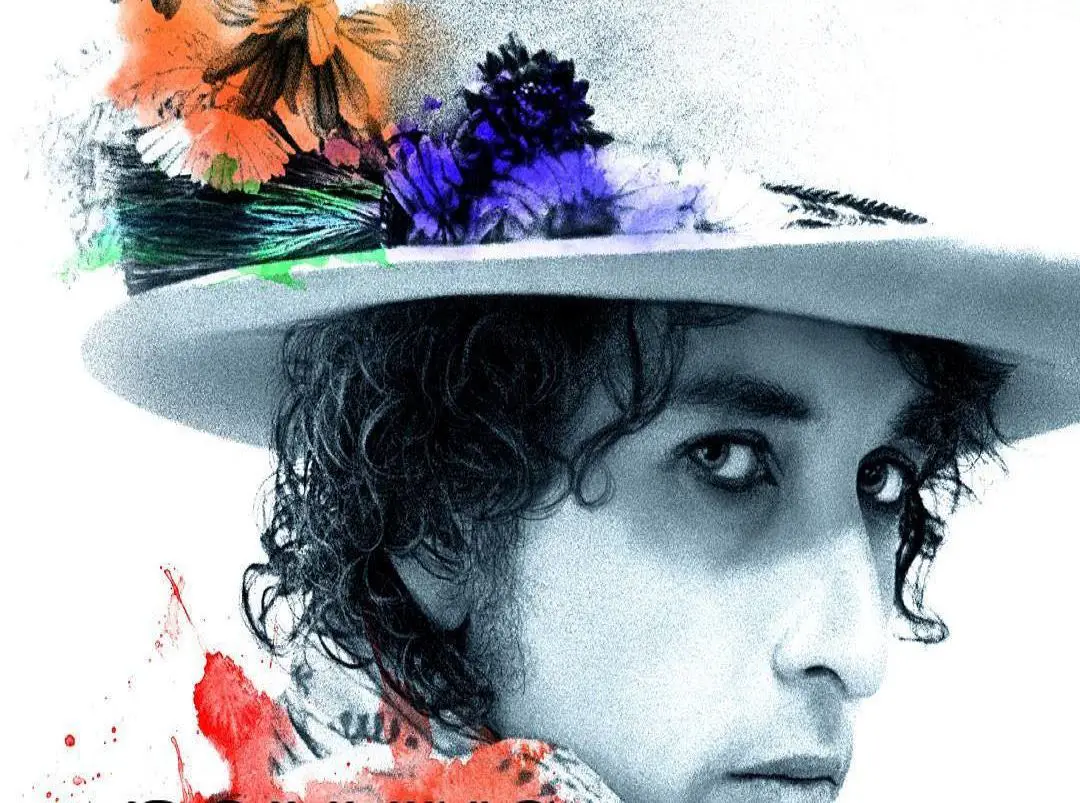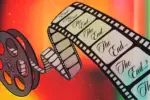Few musicians can claim the quantity or quality of documentaries attached to their name as Bob Dylan can. His long and variegated career has inspired filmmakers for decades, and the sheer amount of time he’s spent on camera has provided a treasure trove of material to work with. So, it’s a bit of a surprise that Martin Scorsese’s “Rolling Thunder Revue: A Bob Dylan Story” is the first work to take advantage of the footage covering Dylan’s raucous, star-studded 1975 tour.
By the mid-‘70s, Dylan had long been established as one of the most relevant names in American music. After a nearly decade-long hiatus from touring, he returned to the stage in 1974, playing a string of sold out arena shows that proved the rabid following the songwriter still had despite his lack of visibility. However, rather than attempting to duplicate the success of this tour, the next fall Dylan began organizing a very different kind of performance.
Inspired by the concept of a theatrical revue, Rolling Thunder was to be a variety show, showcasing not just Dylan, but the songwriters, musicians and poets that made up his circle of friends. Rather than hitting the major cities sure to draw the largest crowds, this impressive ensemble took a rambling bus trip through the Northeast, stopping in towns of 30,000 people to play for crowds packed into civic centers and gyms, and charging less than $10 for a ticket.
The footage Scorsese had access to in putting together “Rolling Thunder Revue” is priceless. Clocking in at over 90 hours total, the material was originally intended for Dylan’s own project, the movie “Renaldo and Clara.”
A four-hour blur of concert footage, interviews and semi-improvised scenes featuring most everyone on the tour, the film was critically panned and never saw a wide release. This means a majority of what Scorsese had to work with has never been seen before, and his bringing it out of the vault is a major service for Dylan fans.
https://www.instagram.com/tv/ByQg_U7lvWS/?utm_source=ig_web_copy_link
Audio recordings from the tour have been available for years, but getting to watch Dylan at work is a different experience. Wild-eyed and shining with sweat, with his wide-brimmed hat drooping with flowers and peacock feathers, and the white face paint that became a signature of the tour, he looks like a flamboyant, coked-up rodeo clown.
Just as exciting as these live performances are the interviews and impromptu performances from Dylan’s tour mates and friends. Watching Joni Mitchell play a rough version of her song “Coyote” to a living room full of people or listening in on a bizarre conversation between Dylan and Patti Smith, viewers are invited backstage into the community that produced Rolling Thunder.
But despite how invaluable Scorsese’s film is in documenting this cultural event, it’s difficult to call it a documentary. Scattered amongst the concert footage and candid moments are several fictionalized people and events of Scorsese’s invention. A phony filmmaker named Stefan van Dorp is credited as the original cameraman behind the Rolling Thunder footage, and a very real Sharon Stone spins a tale of meeting Dylan during a show and being invited to tag along for the rest of the tour.
https://www.instagram.com/p/Bza1ADDBH02/?utm_source=ig_web_copy_link
Fabrications like these are seamlessly blended with the rest of the film and are subtle enough that only serious Dylan buffs are likely to catch them all. Most audiences would probably benefit from consulting an outside source to determine how much of the movie they can actually believe.
While the reasons for Scorsese’s creative liberties in “Rolling Thunder Revue” are somewhat opaque, it’s clear the film wants to be about something beyond the events and people that made up the tour. In a brief interview on his inspiration for making the movie, Scorsese explained, “There’s a mythology that grows up about it [Rolling Thunder], so let’s embrace the mythology … this is a kind of myth that’s supposed to explore something that is timeless about us as human beings.”
He says that the original footage is good, but conventional in a way that would keep it from achieving this higher purpose. He sounds much like the fictional filmmaker van Dorp, who in describing his approach to filming Rolling Thunder says, “They just thought that I was going to make it a concert film, but I was trying to make something really serious out of this.”
The film offers competing explanations of what Rolling Thunder’s essential myth could be, from sources both real and imaginary. Poet Allen Ginsberg sees it as a pilgrimage. Van Dorp claims the tour was a perfect display of the excess and frivolity of its time. Dylan himself resists attributing any particular meaning to the event, stating in the movie’s closing, “What remains of that tour to this day? Nothing. Not one single thing. Ashes.”
But beneath all these attempts to define Rolling Thunder is the simple, raw power and intimate communal moments making up much of the film. If a myth has grown up around the Rolling Thunder Revue, it derives its power from the performances on the tour and the personalities of the artists behind it. In the final analysis of Scorsese’s movie, the made-up bits make a small contribution compared to the reality they’re couched in.
https://www.instagram.com/p/By2xyI0hFQN/?utm_source=ig_web_copy_link
In fact, it’s difficult to determine any purpose for these additions besides fooling audience members who aren’t in the know, and playing with the trust of viewers in this way seems slightly obnoxious.
As Matt Seitz points out in an article for Roger Ebert, “The collision of verified events and never-before-discussed anecdotes … undermine the veracity of everything in the story.” Even after viewers have been clued into the trickery going on, they’re left in the frustrating position of wondering if they’re being duped again.
All of this isn’t to say “Rolling Thunder Revue” is a waste. Regardless of Scorsese’s decisions as director, there’s no denying the authenticity and power of the footage he must have worked with. It’s true, filming a group of performers going out on the road, seeking to capture who they are onstage and off, is a conventional approach to documenting a tour. But when these performers are so exceptional, you must wonder how much this conventionality really matters.
In the opening third of the movie, there’s a wonderful clip from within the audience of a Rolling Thunder show. The concert has just ended, and attendees are turning to leave, laughing and shouting back and forth. The camera focuses on a teenage girl still facing the stage, her hands locked behind her head. She takes a deep breath and turns to smile at her friend, before suddenly breaking down in a gush of tears. It’s a beautiful moment, and if there is some basic meaning to be found in “Rolling Thunder Revue,” it must be here, in the unguarded emotions of someone who experienced it.
















